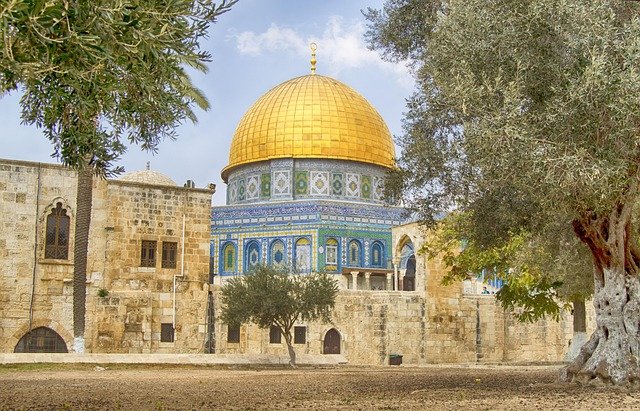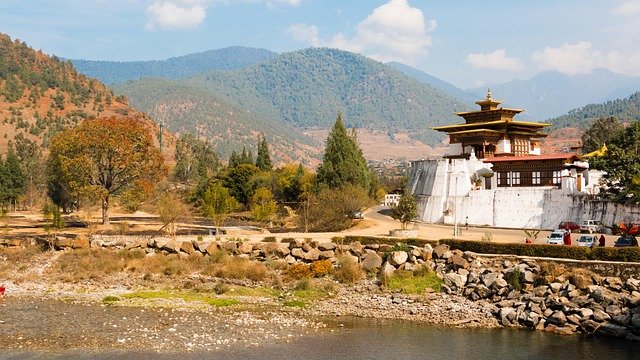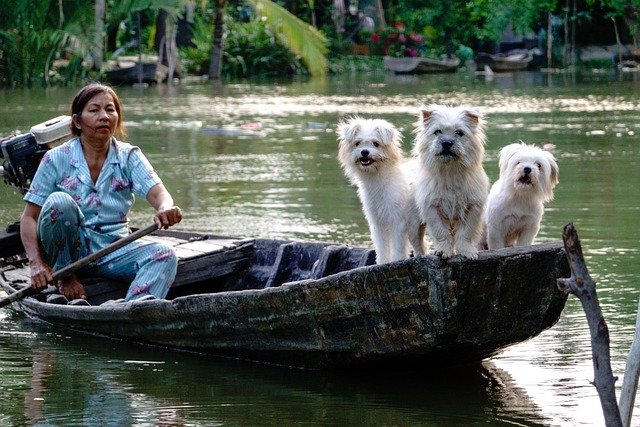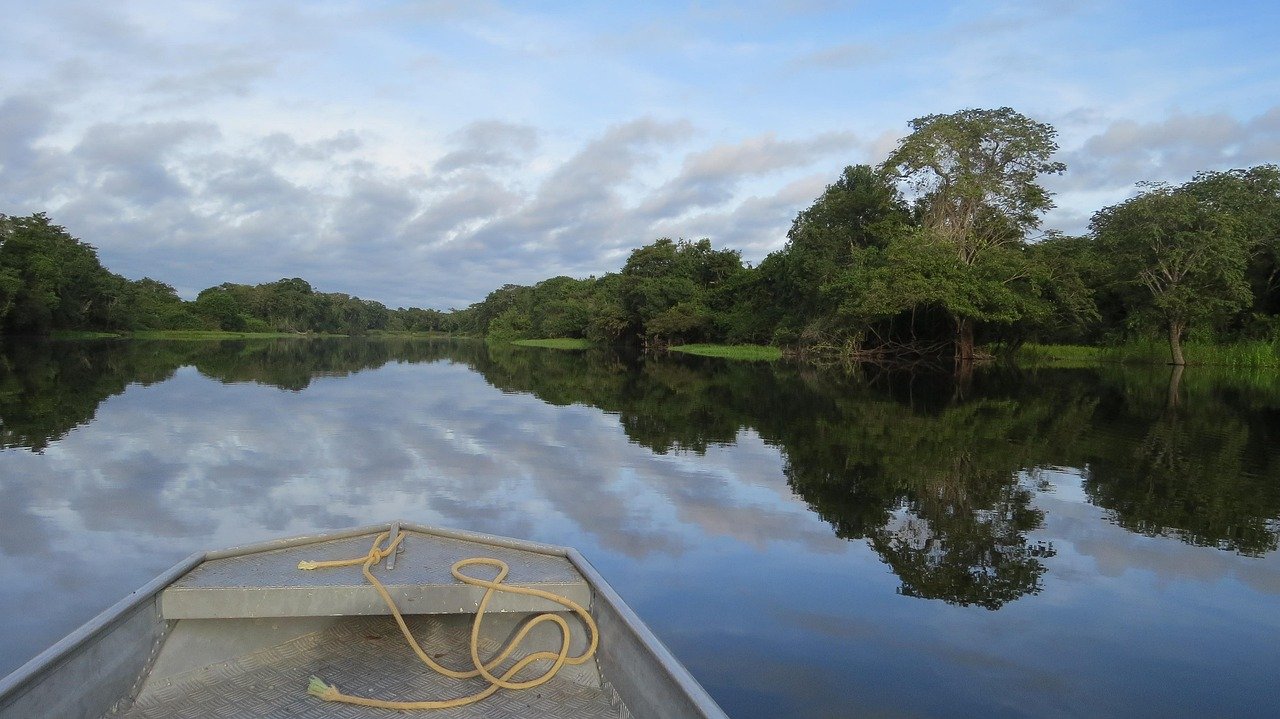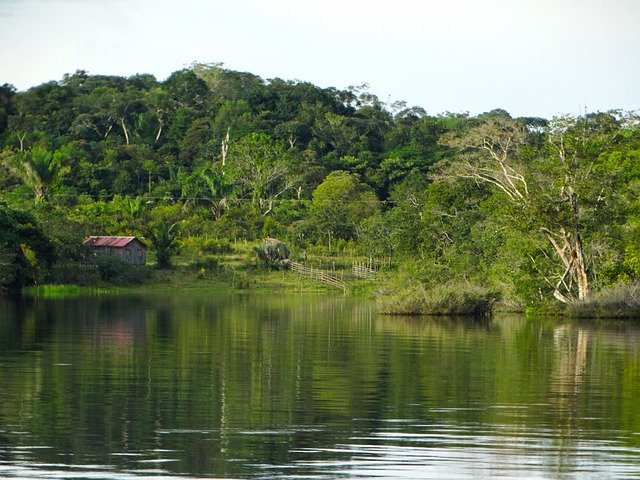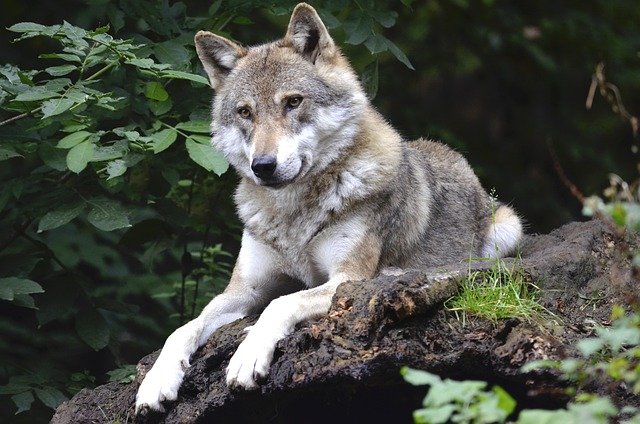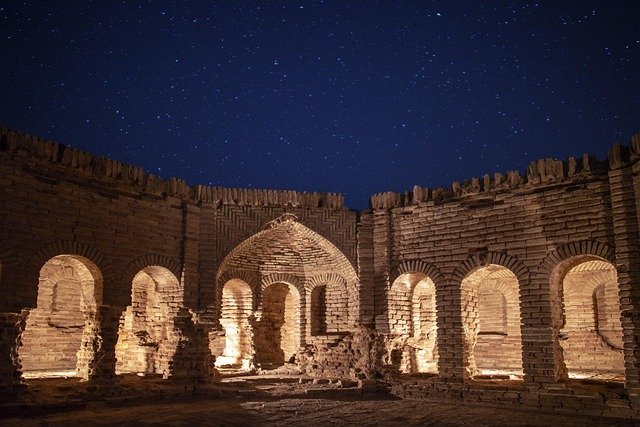
Iran’s military is one of the most powerful and controversial in the Middle East. Despite decades of sanctions, arms embargoes, and regional isolation, the Islamic Republic has built a robust, hybrid military force that combines conventional power, asymmetric warfare, proxy networks, and advanced missile capabilities. In this article, we explore the structure, strength, and strategic reach of Iran’s armed forces.
🛡️ 1. Overview of Iran’s Military Forces
Iran’s military is divided into two main branches:
A. Islamic Republic of Iran Army (Artesh)
- Traditional military force
- Includes Ground Forces, Air Force, Navy, and Air Defense
B. Islamic Revolutionary Guard Corps (IRGC)
- Elite, ideologically driven force
- Controls Iran’s ballistic missiles, proxy forces, and Quds Force (external operations)
- Has its own ground, aerospace, and naval forces
Together, these forces form a two-tiered military system: one professional and conventional, the other revolutionary and asymmetric.
🚀 2. Iran’s Missile Arsenal
Iran possesses one of the largest and most diverse ballistic missile programs in the region.
Key Missile Systems:
- Fateh-110: Short-range ballistic missile (SRBM), accurate and mobile
- Shahab-3: Medium-range ballistic missile (MRBM), up to 2,000 km range
- Khorramshahr: Advanced MRBM with maneuverable reentry vehicles
- Fattah: Iran’s first hypersonic missile announced in 2023
These missiles give Iran the ability to strike targets as far as Israel, Saudi Arabia, and U.S. bases in the Gulf. Iran used these in:
- The 2020 attack on U.S. bases in Iraq (after Qasem Soleimani’s assassination)
- Strikes on ISIS in Syria and Kurdish separatists in Iraq
🛥️ 3. Naval Power: Strait of Hormuz and Beyond
Iran’s navy operates in both the Persian Gulf and the Gulf of Oman, with two key components:
- Artesh Navy: Larger ships, blue-water ambitions (longer-range operations)
- IRGC Navy: Small, fast boats focused on swarm tactics and mine warfare
The IRGC has threatened to block the Strait of Hormuz, a key chokepoint for global oil. It has also harassed commercial ships and clashed with U.S. and British vessels.
🛩️ 4. Air Force Capabilities
Iran’s air force is one of its weaker branches, relying on:
- Aging U.S. jets from the Shah era (F-14, F-4, F-5)
- Some Soviet-era aircraft (MiG-29, Su-24)
- Drones (UAVs): Now a strength, not a weakness
Iran has become a drone power, exporting UAVs to Russia, Hezbollah, and Houthis. These drones are cheap, deadly, and difficult to intercept.
🧠 5. Asymmetric & Proxy Warfare
Iran’s true military power lies in its asymmetric strategy:
- Hezbollah (Lebanon): Iran’s most powerful proxy; has thousands of rockets aimed at Israel
- Houthis (Yemen): Used Iranian drones to strike Saudi oil facilities
- Shiite Militias in Iraq & Syria: Used to challenge U.S. influence
- Cyber Capabilities: Increasingly aggressive in cyberattacks against infrastructure and rivals
This allows Iran to project power indirectly, avoiding open wars while still threatening adversaries.
🏗️ 6. Military Industry and Self-Reliance
Due to sanctions, Iran developed its own domestic arms industry, producing:
- Tanks (e.g., Karrar MBT)
- Missiles and rockets
- Drones and loitering munitions
- Submarines and fast attack boats
Iran has also exported weapons to Russia, Syria, and militias in Iraq and Lebanon.
🌍 7. Strategic Reach and Global Impact
Iran’s military is not just defensive. Its strategy includes:
- Deterring U.S. and Israeli attacks
- Shaping regional politics
- Expanding influence through proxies
- Surviving and adapting under sanctions
Its military reach now extends from Lebanon to Yemen, Iraq to Afghanistan, and possibly Eastern Europe via arms deals.
🧩 Conclusion: A Regional Power with Global Ripples
Iran’s military is not the most technologically advanced, but it is among the most strategically complex and regionally effective. Its missile arsenal, asymmetric warfare, and proxy network give it leverage beyond its borders. As geopolitical tensions rise, Iran’s ability to project power—directly or indirectly—makes it a critical player in both Middle Eastern stability and global security dynamics.
